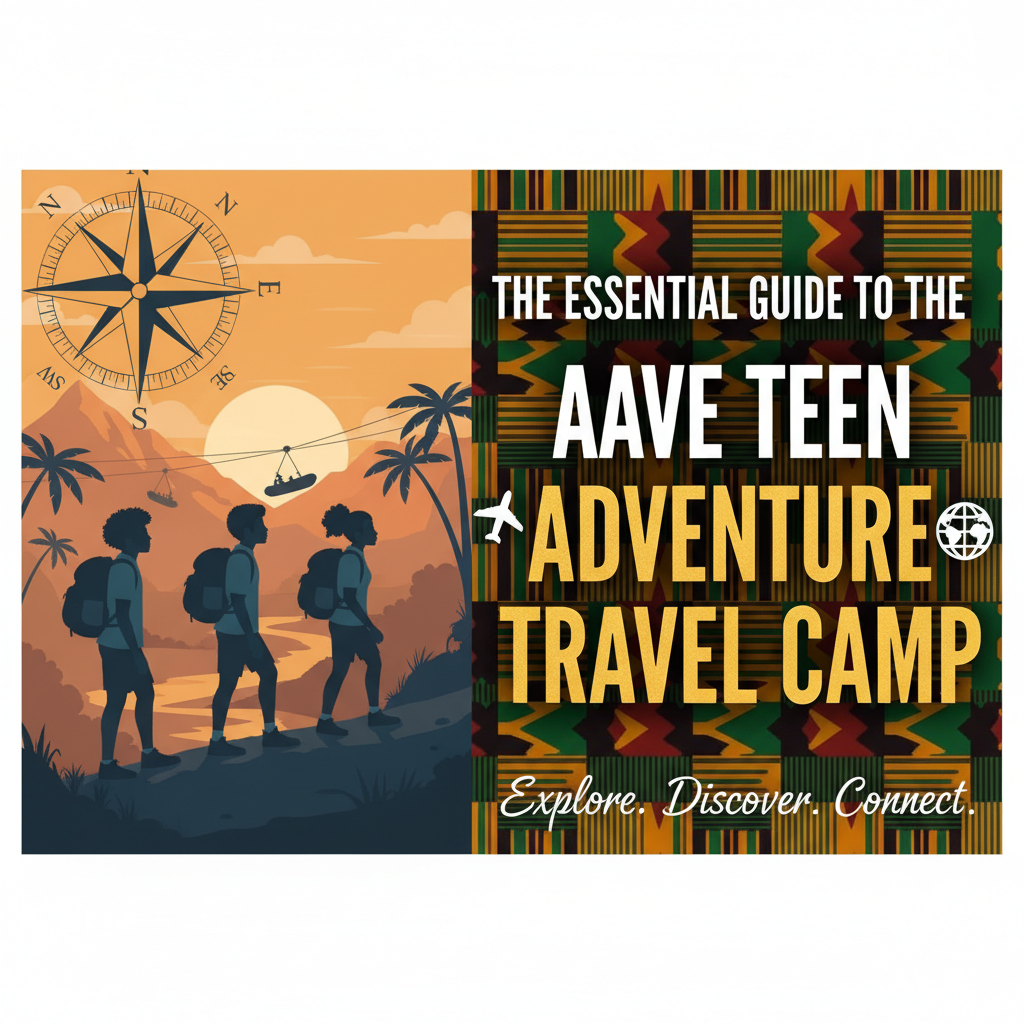Introduction
The summer between childhood and adulthood offers a precious window for discovery. Today’s teens seek authentic experiences beyond digital screens, and an aave teen adventure travel camp delivers exactly that. This comprehensive guide explores what makes this experience unique and transformative, examining the program’s philosophy, daily activities, benefits, and how to determine if it’s the right fit.
More Than a Trip: The AAVE Philosophy
Challenge by Choice: A Foundation for Growth
An aave teen adventure travel camp builds its program around the “Challenge by Choice” philosophy. Unlike competitive or mandatory activities, this approach encourages teens to step outside their comfort zones at their own pace. Whether reaching a mountain summit or trying new foods, each achievement becomes a personal victory that builds confidence organically.
The Power of Small Group Dynamics
These camps organize teens into small groups traveling with trained leaders. This structure intentionally breaks down school social hierarchies, creating equal footing for all participants. As groups navigate new terrain together, they develop essential collaboration skills while forming deep, lasting friendships.
A Glimpse into the Adventure: A Sample Itinerary
Phase 1: Building Foundations (Days 1-3)
The journey begins with team-building and backcountry skill development. Groups learn essential camping techniques before embarking on multi-day treks through stunning natural landscapes. During this phase, participants master map reading and Leave No Trace principles, establishing a foundation for the adventures ahead.
Phase 2: Whitewater Teamwork (Days 4-7)
The adventure transitions to river expeditions with whitewater rafting introductions. Teens learn synchronized paddling techniques while navigating exciting rapids. This experience emphasizes trust and communication as groups work together to meet the river’s challenges.
Phase 3: Personal Summits (Days 8-10)
Following river adventures, the focus shifts to rock climbing. Participants learn belaying techniques and climbing fundamentals while supporting each other’s achievements. This activity often becomes a powerful metaphor for overcoming personal obstacles with group encouragement.
Phase 4: Meaningful Contribution (Days 11-14)
The journey concludes with service projects like trail maintenance in national parks. These activities provide tangible ways to give back while connecting teens to global citizenship concepts. This fulfilling conclusion reinforces the program’s values of stewardship and community.
The Unseen Rewards: Skills That Last a Lifetime
Building Resilience Through Experience
Facing physical and mental challenges in supportive environments helps teens recognize their capabilities. Successfully completing difficult tasks builds authentic self-confidence that transfers to home and school life.
Developing Leadership and Communication
Small group travel requires constant communication and collaborative decision-making. These conditions help natural leaders emerge while ensuring every participant finds their voice. The experience teaches conflict resolution and effective teamwork in real-world settings.
Expanding Worldviews and Digital Balance
Exposure to diverse ecosystems and communities fosters empathy and global awareness. Simultaneously, unplugging from technology allows genuine connections with people and nature. Participants typically develop healthier relationships with digital devices after returning home.
Is This the Right Adventure?
For Prospective Participants
If you seek genuine adventure and meaningful connections, an aave teen adventure travel camp might perfect your summer. These experiences suit teens willing to embrace challenges and collaborate with others. You need not be an elite athlete, but maintaining a positive attitude and basic fitness level will enhance your experience.
For Parents Considering the Investment
This experience represents more than a vacation—it’s an investment in lifelong skills. The program structure emphasizes safety while encouraging personal growth. Watching teens return with increased confidence and maturity often makes the experience invaluable for families.
Frequently Asked Questions (FAQ)
What age range does the camp accommodate?
Most programs serve teens aged 13-18, with activities grouped by age (13-15 and 16-18) to ensure appropriate challenges and social dynamics.
How does the camp ensure safety during adventures?
Certified instructors with wilderness first responder training lead all activities. The camp maintains low staff-to-student ratios, uses professional-grade equipment, and follows strict safety protocols for each adventure sport.
What type of teen benefits most from this experience?
Curious, collaborative teens seeking authentic adventure find these camps particularly rewarding. The experience benefits those open to new challenges and willing to engage fully with their group.
How does the program handle dietary needs?
Communal meal preparation accommodates most dietary restrictions when families communicate needs in advance. Vegetarian, vegan, gluten-free, and allergy-aware options are regularly available.
What physical fitness level is required?
Participants should maintain basic fitness for carrying personal gear during hikes. Pre-trip materials provide specific fitness guidelines, and families receive training recommendations to help prepare.
Can participants communicate with home during trips?
To maximize immersion, communication is limited to emergency situations via satellite phones. Most programs provide periodic blog updates so families can follow the group’s progress while respecting the digital detox philosophy.


1 Comment
Pingback: 15 Amazing AAVE Teen Adventure Travel Camp Myths Explored - Business Financial | Technology News